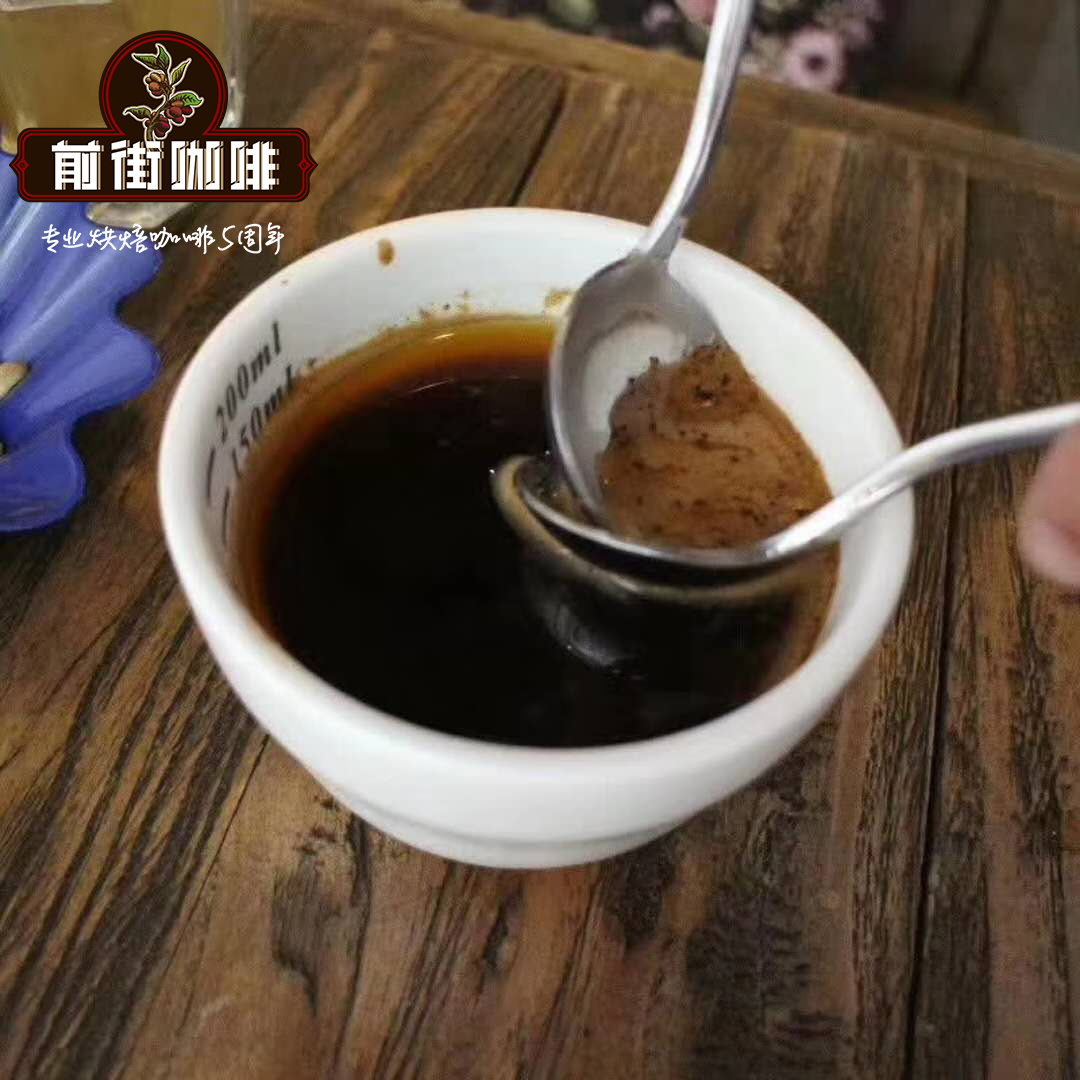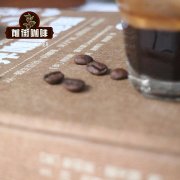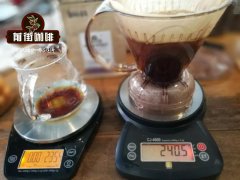Recommendations for brewing coffee beans at Hera Manor in Nicaragua _ Hera Manor Information on the cultivation of Coffee varieties

Professional coffee knowledge exchange more coffee bean information please follow the coffee workshop (Wechat official account cafe_style)
A brief history of Nicaraguan coffee:
From 1840 to 1940, it was the "coffee craze" of Nicaragua (Coffee Boom).
Coffee began to become a major export crop in Nicaragua, which was vigorously promoted by the government.
Foreign companies can easily invest or acquire land, leading to the birth of large manors.
After that, the autocratic ruler Somoza established the coffee cooperative (1936 Musi 1979).
But it was soon overthrown by the Sanding National Liberation Front (Sandinistas).
When Nepal entered communist rule in 1979, the coffee trade became very difficult.
The CIA began to support the rebels (Contras) in an attempt to overthrow the New deal in order to gain greater benefits
They did not hesitate to attack coffee workers' vehicles, sabotage processing plants and create unrest.
This is another big blow to Nepalese coffee. Nevertheless, coffee is still the country's most important export cash crop.
After the 20th century, the price of coffee fell sharply (1999), hurricanes and millennium droughts
Today, there are about 40,000 coffee farmers in Nepal. Due to the shortage of funds for chemical fertilizers, most coffee trees are grown organically.
Coffee farmers began to focus on quality and production and marketing experience.
("production and marketing resume" means that coffee can be traced back to a single manor, or a common cooperative formed by producers. )
Nigeria's coffee industry is showing signs of a gradual revival.
Nicaraguan Coffee Mini File:
The main variety is Arabica, in which Kaddura, Bourbon, Pacamara and Elephant beans all have good quality.
The treatment method is more washing, and part of it is half-sun.
Nepal is the 13th largest coffee producer in the world.
020
Nicaraguan Coffee altitude rating:
Strictly High Grown (Ultra High altitude) (SHG): 1500Murray 2000m
High Grown (High altitude) (HG): 1300 Murray 1500m
Medium Grown (medium altitude) (MG): 1000 Murray 1300m
Low Grown (low altitude) (LG): 500muri 1000m
Nicaraguan coffee has been forgotten in Taiwan in recent years, and Nicaraguan coffee is rarely seen. In fact, the planting conditions of Nicaragua are not inferior to those of Central American countries. The coffee produced by Nicaragua is characterized by a fresh and balanced taste. What is amazing is that the coffee produced by small farmers is as clean and bright as Costa Rican coffee in shallow roasting, sour, delicate and gentle, and Colombian coffee is sweet and thick when roasted deeply. Mellow and full-bodied taste. Don't underestimate the surprises of Jinotega, Madaguelba and segovia, which are the producers of fine Nicaraguan coffee.
Fine Nicaraguan coffee will be printed on the bean bag (S.H.G), representing coffee produced by high-altitude estates.
Analysis of coffee brewing in Nicaraguan Coffee-Hera Manor
Recommended cooking methods: siphon, hand flushing
Degree of grinding: 3.5 (Fuji R440, Japan)
V60 filter cup, 15g powder, water temperature 91-92 degrees, grinding 3.5.The ratio of water to powder is close to 1:15
33 grams of water is steamed for 25s
Segment: water injection to 100ml cut off, slow water injection to 225ml
That is, 30-100-95
Other suggestions for trickling extraction:
Normal pressure, recommended grinding degree of 3.5-4 / water temperature 92 °C
Philharmonic pressure, recommended 2.5 grinding degree, water temperature 88 °C
Hand punch: 3.5 degree of grinding, water temperature 89 °C
END
Important Notice :
前街咖啡 FrontStreet Coffee has moved to new addredd:
FrontStreet Coffee Address: 315,Donghua East Road,GuangZhou
Tel:020 38364473
- Prev

Introduction of Nicaragua Masayesa Coffee varieties _ Flavor characteristics of Water-free Sun-tanned Angel Coffee beans
Professional coffee knowledge exchange more coffee bean information please follow the coffee workshop (Wechat official account cafe_style) this manor bean black angel from Nicaragua is still mixed with shy vanilla in the unrestrained smell of tropical fruit, just like a naughty and wayward girl in April, it really makes people laugh; Nicaraguan Coffee Manor-Maria Manor Black Angel Masaye
- Next

Nicaragua CoE 21 Saint Mary Manor Sun Coffee suggestion _ Saint Mary Coffee varieties introduction
Professional coffee knowledge exchange more coffee bean information please follow the coffee workshop (Wechat official account cafe_style) Nicaraguan coffee brand-Rhodes Saint Mary Santa Maria de Lourdes [Saint Mary Cup victorious Army] Nicaragua is the most amazing producing area this year, starting from Miguel's raw bean class, we have tried many times to have a very special flavor.
Related
- Detailed explanation of Jadeite planting Land in Panamanian Jadeite Manor introduction to the grading system of Jadeite competitive bidding, Red bid, Green bid and Rose Summer
- Story of Coffee planting in Brenka region of Costa Rica Stonehenge Manor anaerobic heavy honey treatment of flavor mouth
- What's on the barrel of Blue Mountain Coffee beans?
- Can American coffee also pull flowers? How to use hot American style to pull out a good-looking pattern?
- Can you make a cold extract with coffee beans? What is the right proportion for cold-extracted coffee formula?
- Indonesian PWN Gold Mandrine Coffee Origin Features Flavor How to Chong? Mandolin coffee is American.
- A brief introduction to the flavor characteristics of Brazilian yellow bourbon coffee beans
- What is the effect of different water quality on the flavor of cold-extracted coffee? What kind of water is best for brewing coffee?
- Why do you think of Rose Summer whenever you mention Panamanian coffee?
- Introduction to the characteristics of authentic blue mountain coffee bean producing areas? What is the CIB Coffee Authority in Jamaica?

